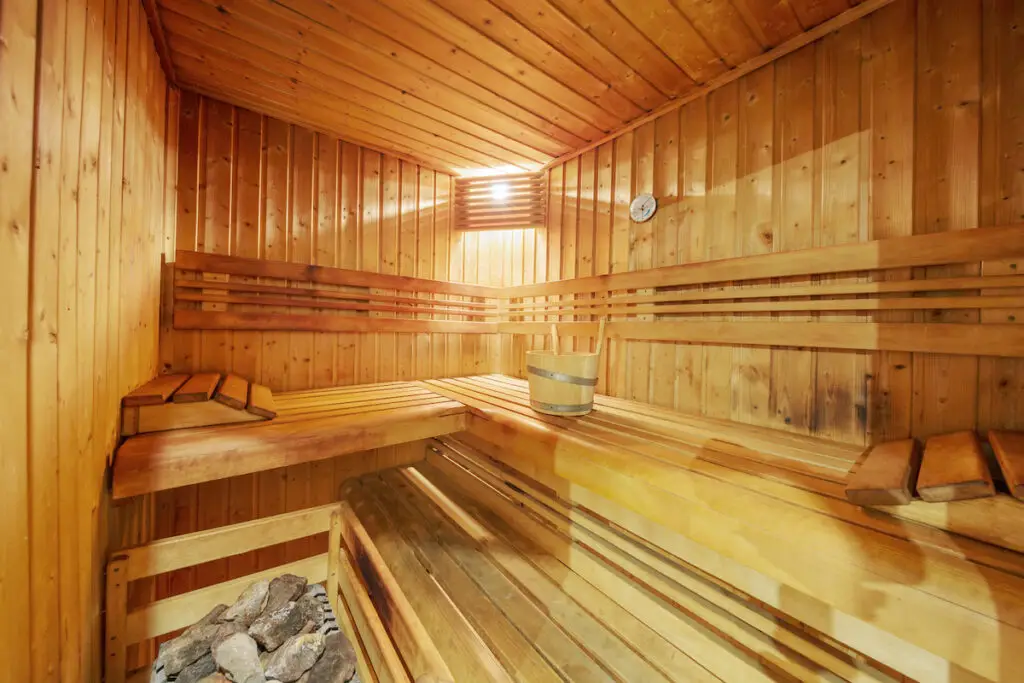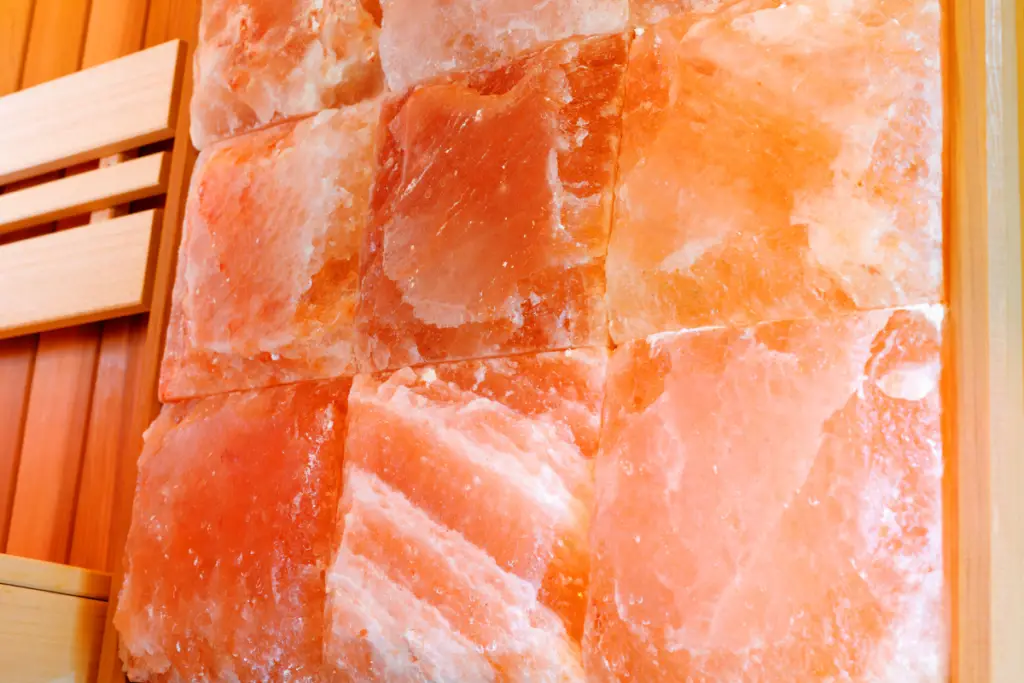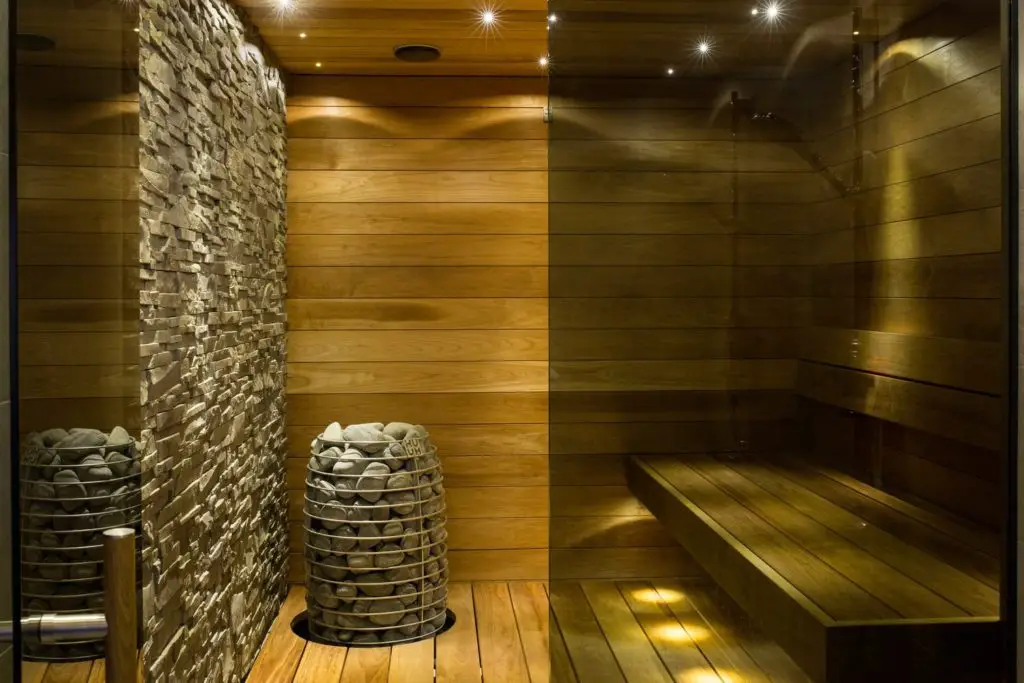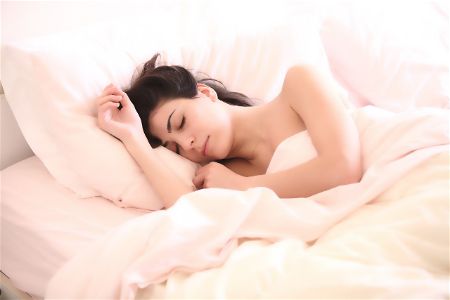One of the most popular questions that is asked at a sauna parlor is how long and how often I can use the sauna and if one can use the sauna twice in one day. While there is no definite answer to this question, there are certain things you need to keep in mind before you head to a sauna.
Once you get used to the sauna, it becomes a little bit addictive. Yeah, we know. Many wonder how often they can use the sauna. But some wonder Can I sauna twice a day? That depends on your circumstances. If you’re healthy and experienced using the sauna, going in twice per day can be beneficial. But if you’re just starting out, take it slow and stick to one sauna session per day.
You must have heard how the Finns like to take part in a relaxing sauna session twice a day, once in the morning and once in the evening. However, you must understand that their bodies have become accustomed to using the sauna twice in one day since they have been doing so for a long time. For a beginner, using the sauna too often is not recommended.
In this blog, we will shed light on the different types of saunas and discuss how often you can use each one of them to make the most of them.
Using a Sauna: Types of Saunas
To determine whether you can use the sauna twice in one day, you must first consider the type of sauna you’re working with. Remember that there are different types of saunas:
1) Traditional Sauna
A traditional sauna is a wooden cabin, heated with the help of a wood or electric stove. The average temperature in a traditional sauna is between 160 and 194 degrees Fahrenheit. Pouring water over the hot sauna rocks increases the humidity in the sauna, producing a dynamic wet/dry environment. Essential oils often are used to provide a relaxing experience.
If you are a beginner, you should stay in a traditional sauna for no more than 15 minutes and attend 3 to 4 sessions a week. This frequency can be increased once your body adjusts to the high temperature and humidity in a traditional sauna.
2) Infrared Sauna
An infrared sauna is a small room (or occasionally a tent) with infrared heat emitters that increase the temperature in the cabin and keep it between 100 and 150 degrees Fahrenheit.
The temperature of an infrared sauna is lower than that of a traditional sauna because the light from the emitters penetrates the skin and increases body temperature from the inside.
It takes time for a beginner to adjust to this type of heat, so a 30-minute session every alternate day is sufficient. Once your body adapts to the heat, you can use the infrared sauna for up to 60 minutes a day.
Can I Use a Sauna Twice in One Day?
As we mentioned before, there is no definite answer to this question. How often you can use the sauna in a day depends on your age, tolerance to high temperatures and humidity, and health conditions.
According to Gabriel Chabot, Co-Founder at Northern Saunas, using the sauna twice in one day is not recommended. But there is no harm in doing so once in a while.
The risks associated with using saunas more than once a day are headaches, heat strokes, electrolyte depletion, and dehydration that can be hazardous to your health.
However, just like with everything else, balance is critical. If you make up for the lost electrolytes and hydrate your body after a sauna session, you can take a sauna bath more than once a day.
Regardless, if you have any existing health conditions, please ask your healthcare provider before doing so.
The 5 Benefits of Sauna Baths
1. Improved blood circulation: Hot saunas make our blood vessels more flexible. This improves blood circulation, causes the oxygenation and detoxification of our tissues, and distributes essential nutrients to all parts of our bodies, including the skin, giving a healthy and glowing complexion.
2. Toned muscles: Spending enough time in a sauna room can increase the frequency of your metabolic rate, helping you lose weight. A sauna session can also relieve joint pain and fatigue and loosen fat to reduce cellulite.
3. Enhanced immune system: During a sauna session, your internal body temperature can rise to 100.4 degrees Fahrenheit, triggering a mock fever state. This stimulates the immune system to produce antibodies and white blood cells to fight diseases.
4. Improved sleep: For people recovering from insomnia, a sauna bath is a recommended treatment. 15 to 20 minutes in a sauna room is somewhat equal to 1 to 2 hours of brisk walking and can help you enhance the quality of your sleep.
5.Enhanced mental health: One of the most significant benefits of sauna baths is that they provide a relaxing experience that can help reduce daily stress. Studies have shown that frequent sauna sessions can enhance your mental precision.
Conclusion
Whether or not you can use the sauna twice in one day truly depends on your body’s ability to adapt to the heated environment. If you attend sauna sessions regularly and want to kick things up a notch, you can, after talking to your healthcare provider, take a sauna bath twice a day but keep an interval of at least 15 to 25 minutes between the two sessions.
Don’t forget to hydrate your body before hopping in again!
Frequently Asked Questions
Q1. How Long Should I Stay in the Sauna?
A. It depends. Is your body accustomed to the heat in a sauna? If you are a beginner, do not stay in the sauna for more than 15 to 20 minutes. If you feel like your body can take more, gradually increase your time. However, the minute you start feeling dizzy or uncomfortable, please get out of the sauna.
Q2. How Often Should I Use an Infrared Sauna?
A. Infrared saunas are safe to use every day. You will see more improvements if you use it daily rather than infrequently. Most people partake in 3 to 4, 30 to 45-minute sessions each week.
Q3. Are There Any Side Effects of Using an Infrared Sauna Too Much?
A. The heat generated in an infrared sauna is artificial and can overheat your body, especially during a prolonged session. This can cause heat exhaustion, severe dehydration, and even heat strokes. Too much perspiration and not enough fluid intake to balance it can have adverse health effects. High temperatures may also cause some people to become dizzy or experience nausea, so remember not to overdo it.


















